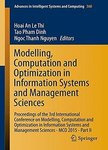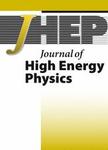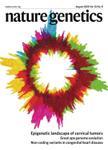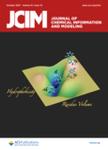版权所有:内蒙古大学图书馆 技术提供:维普资讯• 智图
内蒙古自治区呼和浩特市赛罕区大学西街235号 邮编: 010021


Our understanding of the γ-ray sky has improved dramatically in the past decade, however, the unresolved γ-ray background (UGRB) still has a potential wealth of information about the faintest γ-ray sources pervading the Universe. Statistical cross-correlations with tracers of cosmic structure can indirectly identify the populations that most characterize the γ-ray background. In this study, we analyze the angular correlation between the γ-ray background and the matter distribution in the Universe as traced by gravitational lensing, leveraging more than a decade of observations from the Fermi-Large Area Telescope (LAT) and 3 years of data from the Dark Energy Survey (DES). We detect a correlation at signal-to-noise ratio of 8.9. Most of the statistical significance comes from large scales, demonstrating, for the first time, that a substantial portion of the UGRB aligns with the mass clustering of the Universe as traced by weak lensing. Blazars provide a plausible explanation for this signal, especially if those contributing to the correlation reside in halos of large mass (∼ 1014M⊙) and account for approximately 30–40% of the UGRB above 10 GeV. Additionally, we observe a preference for a curved γ-ray energy spectrum, with a log-parabolic shape being favored over a power-law. We also discuss the possibility of modifications to the blazar model and the inclusion of additional γ-ray sources, such as star-forming galaxies, misalinged active galactic nuclei, or particle dark matter.





电话和邮箱必须正确填写,我们会与您联系确认。
版权所有:内蒙古大学图书馆 技术提供:维普资讯• 智图
内蒙古自治区呼和浩特市赛罕区大学西街235号 邮编: 010021

暂无评论